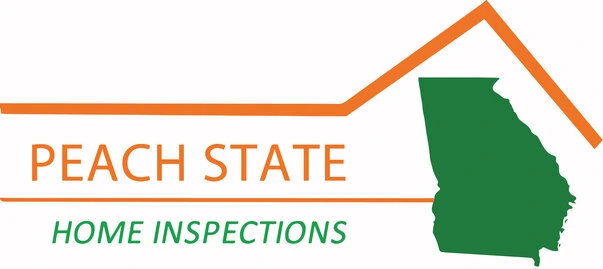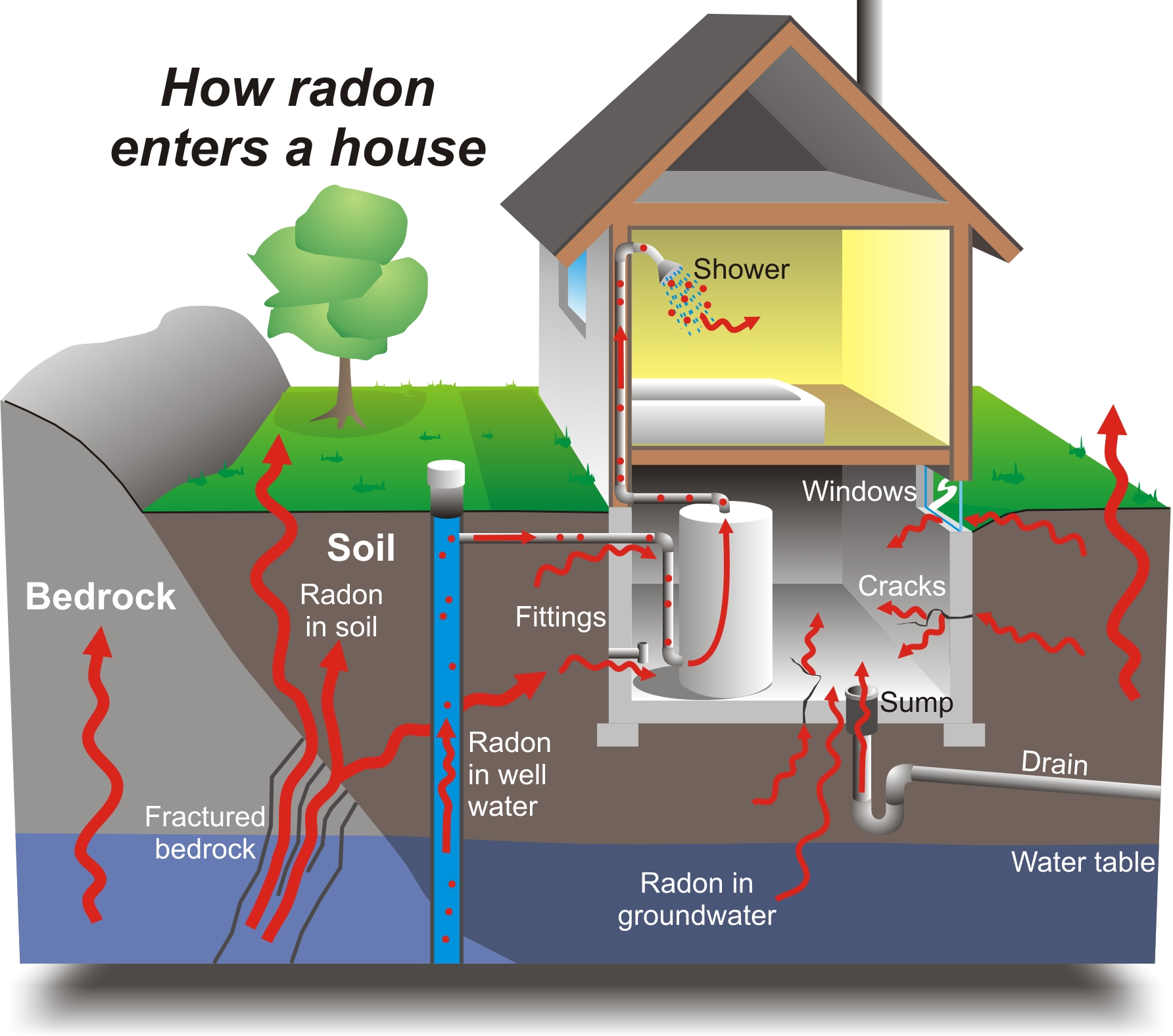If you are buying a home or selling your home, have it tested for radon!
If your home is new ask if it has been tested and if radon resistant construction methods were used. Even low levels less than 4 pCi/L are risky and can be reduced.
The EPA estimates radon causes 21,000 lung cancer deaths per year. It’s tasteless, odorless and invisible and is the second leading cause of lung cancer in the U.S. Smoking in addition to radon exposure greatly increases your risk of lung cancer.
Remediation.
Even if you are tested and show high levels, those levels can be reduced to healthy levels, and if you are selling a home, it can help with your sale if you test, lower your levels if necessary and save the results of the remediation plan.
For buyers, you should always know the radon level before buying and the EPA recommends testing a home in the lowest level currently habitable, since a buyer can live in a lower area of the home than that used by the seller.
Why test for radon?
Radon is a radioactive gas found in homes all over the United States. It comes from the natural breakdown of uranium in soil, rock and water, and gets into the air you breathe. Usually radon moves up through the ground to the air and into your home through cracks in the foundation. Radon can also enter your home through well water and once the radon is there, the home can trap it.
All types of homes can have radon exposure and that’s where you are most likely to be exposed to dangerous levels. It’s estimated that one out of every 15 homes in the U.S. has elevated radon level of 4 pCi/L or more.
You can’t predict radon levels from one home to another or one neighborhood to another. Testing is the only way to determine your level of exposure.
From the U.S. Surgeon General: “Indoor radon gas is the second-leading cause of lung cancer in the United States, and breathing it over prolonged periods can present a significant health risk to families all over the country. It’s important to know that this threat is completely preventable. Radon can be detected with a simple test, and fixed through well-established venting techniques.”
For Home Sellers
If you are selling your home and have already tested it for radon, ensure the test meets the criteria of the Radon Testing Checklist by clicking here and then provide your test results to the buyer.
Buyers may require a new test if the Radon Testing Checklist items were not met or the last test was not in the last two years. They may also ask for a retest if you’ve altered/renovated your home since the last test.
If you are selling and haven’t yet tested your home have a test taken as soon as possible. If you can, test your home before putting it on the market. You should test in the lowest level of the home which is suitable for occupancy. This means testing in the lowest level that you currently live in or a lower level not currently used that a buyer could use for living space without modifications.
The radon test result is important information about your home’s radon level. Some states require radon measurement testers to follow a specific testing protocol. If you do the test yourself, you should carefully follow the testing protocol for your area or the EPA’s Radon Testing Checklist. If you hire a contractor to test your residence, protect yourself by hiring a qualified individual or company.
You can determine a service provider’s qualifications to perform radon measurements or to mitigate your home in several ways. Many states require radon professionals to be licensed, certified or registered. Most states can provide you with a list of knowledgeable radon service providers doing business in your state. In states that don’t regulate radon services, ask the contractor if they hold a professional proficiency or certification credential. Such programs usually provide members with a photo-ID card which indicates their qualification(s) and its expiration date. If in doubt, you should check with their credentialing organization. Alternatively, ask the contractor if they’ve successfully completed formal training appropriate for testing or mitigation, e.g., a course in radon measurement or radon mitigation.
I’m buying a home. What should I do?
If the home has already been tested for radon…If you are thinking of buying a home, you may decide to accept an earlier test result from the seller, or ask the seller for a new test to be conducted by a qualified radon tester. Before you accept the seller’s test, you should determine the results of previous testing by finding out:
1. who conducted the previous test (the homeowner, a radon professional, or some other person);
2. where in the home the previous test was taken, especially if you may plan to live in a lower level of the home. For example, the test may have been taken on the first floor. However, if you want to use the basement as living space, test there, too;
3. what, if any, structural changes, alterations, or changes in the heating, ventilation, and air conditioning (HVAC) system have been made to the house since the test was done. Such changes may affect radon levels.
If you accept the seller’s test, make sure that the test followed the Radon Testing Checklist.
If you decide that a new test is needed, discuss it with the seller as soon as possible.If the home has not yet been tested for radon…Make sure that a radon test is done as soon as possible. Consider including provisions in the contract specifying:
1. where the test will be located;
2. who should conduct the test;
3. what type of test to do;
4. when to do the test;
5. how the seller and the buyer will share the test results and test costs (if necessary); and
6. when radon mitigation measures will be taken, and who will pay for them.
Make sure that the test is done in the lowest level of the home suitable for occupancy. This means the lowest level that you are going to use as living space which is finished or does not require renovations prior to use. A state or local radon official or qualified radon tester can help you make some of these decisions. If you decide to finish or renovate an unfinished area of the home in the future, a radon test should be taken before starting the project, and after the project is finished. Generally, it is less expensive to install a radon-reduction system before (or during) renovations rather than afterward.
Look for our next blog in the series on Radon, and in the meantime if you are buying or selling a home contact a qualified Home Inspector certified in Radon Detection.


